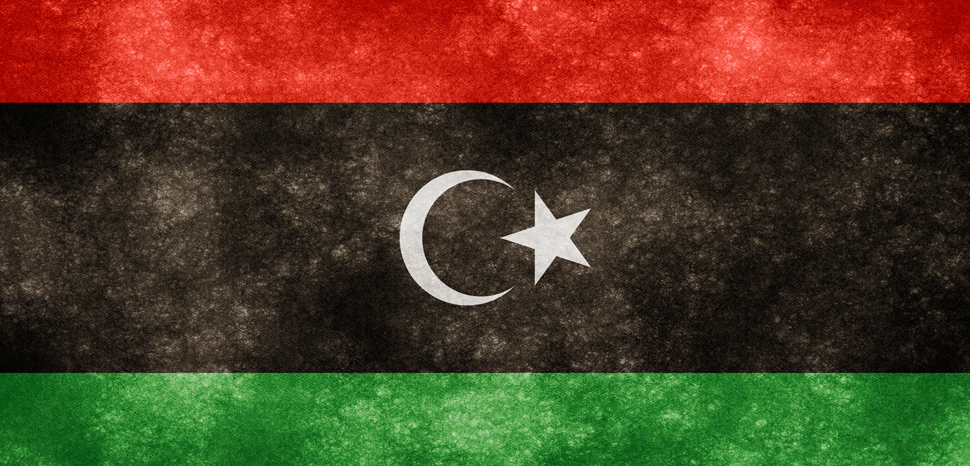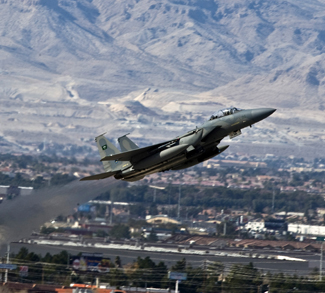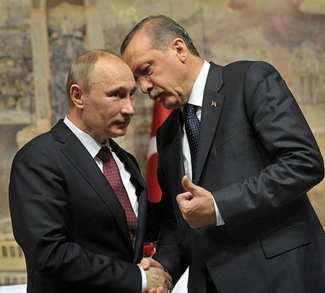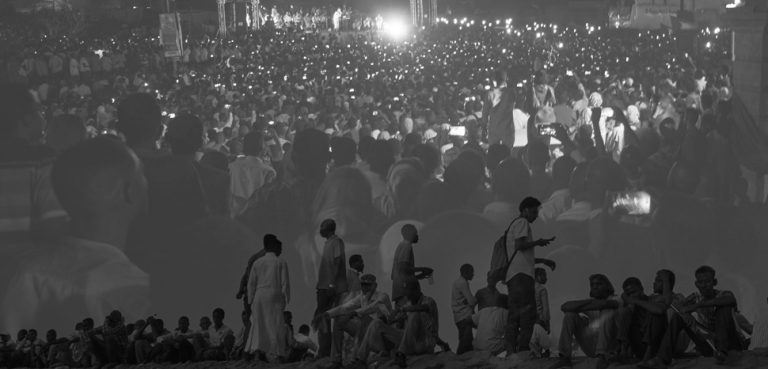Summary
With three rival governments, an ongoing civil war, the presence of international terrorist networks, and now even slave auctions being held in its territory, the North African state of Libya has collapsed into chaos in recent years. Outside attempts to put a functional central authority back together have largely failed in the face of a multitude of competing interest groups and social fissures dating back to Libya’s birth as a postcolonial state. Formally, power is still divided between the Council of Representatives based in the eastern cities of Tobruk and al-Bayda, a rump “National Salvation Government” originally based out of the capital Tripoli, and the UN-backed Presidential Council of the Government of National Accord (GNA) which took over from it. In reality power ultimately depends on a host of militia and Islamist groups who provide each of the three rival governments with the firepower to enforce their demands on the ground.
The political struggle in Libya is no closer to a resolution today than it was after the fall of Colonel Muammar Gaddafi. As result, the once highly developed country has become a hub for organized crime, human trafficking, and the modern slave trade.
Background
The rise of slave auctions. Slavery in Libya has been a problem for years, but the phenomenon became more widespread during the civil war that followed the end of the Gaddafi regime. Around this time in 2011, Libya ceased to be a destination for Sub-Saharan African economic migrants seeking to find work there, as had been the case before the war. Instead the country turned into a launching pad for Europe-bound migrants and refugees from across the Middle East, Asia, and Africa. In turn, record influxes of refugees and migrants to Europe in 2015-16 triggered a tightening of border controls and new agreements with Sub-Saharan and North African governments to intercept and repatriate illegal immigrants. It suddenly became more difficult and less profitable to smuggle people across the Mediterranean to Italy; however there was still unmet demand for labor in Libya itself (the very reason why Africans traveled there prior to 2011), and now traffickers were in possession of a captive labor force in a country where the rule of law had collapsed. As a result, these criminal entrepreneurs switched from smuggling migrants to selling them to local Arab businesses seeking workers.




